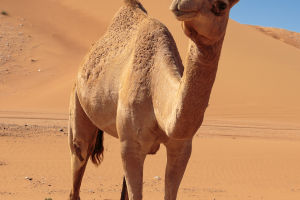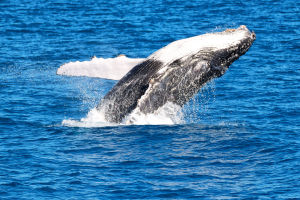Australia's Great Barrier Reef should be listed as a World Heritage Site in Danger, a group of UNESCO experts said in its latest report, but Australia has opposed it.
Based on the latest report on the Great Barrier Reef expedition in March this year, climate change poses a huge threat to coral reefs, and Australia's efforts to improve water quality have been slow. It is suggested that the world-famous Great Barrier Reef be included in the list of World Heritage in Danger.
However, Australian Minister of Environment and Water Resources Tanya Pribesek objected to this on the 29th, saying that if the Great Barrier Reef is at risk, every coral reef in the world is at risk.
Agence France-Presse reported that the reason why Australia strongly opposes it is that the Great Barrier Reef is one of the country's most attractive tourist destinations. If it is included in the endangered list, it will greatly weaken its attractiveness to international tourists and affect Australia's tourism income and employment.
According to reports, the United Nations World Heritage Committee will meet next year to decide whether to include the Great Barrier Reef in the list of World Heritage in Danger.
The Great Barrier Reef is a famous tourist destination. It is located on the east coast of Australia, with a total length of 2011 kilometers, extending northward to the Torres Strait and southward to within the Earth's Tropic of Cancer.
It consists of nearly 3000 coral reefs of different sizes. If you go to the Great Barrier Reef to enjoy the underwater scenery, it is generally more appropriate to go to Australia, because the northern end of the Great Barrier Reef is very close to Australia, only about 16 kilometers away, and you will arrive soon by boat.
The Great Barrier Reef is a huge coral reef formed by a large number of remains left after the death of coral polyps on the seabed, mixed with the remains of marine organisms such as shells and seaweed.
Coral polyps are creatures between plants and animals. Their size is only a few millimeters, but their body shapes are in different poses and with different forms, with bright and charming colors. When a large number of coral polyps gather together, it is a beautiful landscape.
Because the water quality of the continental shelf in the Northeast Sea of Australia is clear and clean, and the water temperature can be maintained at around 20 degrees all year round. It is very suitable for the reproduction of coral polyps, which is also the main reason why the Great Barrier Reef can be formed in this area.
Coral polyps live in groups. They use plankton in seawater as food, and they secrete a large amount of calcareous matter in their daily life. After the lifespan of the old coral polyp is over, the new polyp will continue to breed and grow on the remains of the old coral polyp.
Just like the green branches growing on the tree, they will grow in all directions on the seabed. However, the growth rate of coral reefs is relatively slow, and the thickness can only increase by 3 to 4 centimeters per year. It takes a long time to form the Great Barrier Reef with a thickness of several hundred meters.
The colorful underwater scenery of the Great Barrier Reef is not only fascinating but also a paradise where marine animals live and gather. There are 1,500 species of tropical sea fish and more than 4,000 species of marine life living here, just like the tropical rainforest in the ocean.


